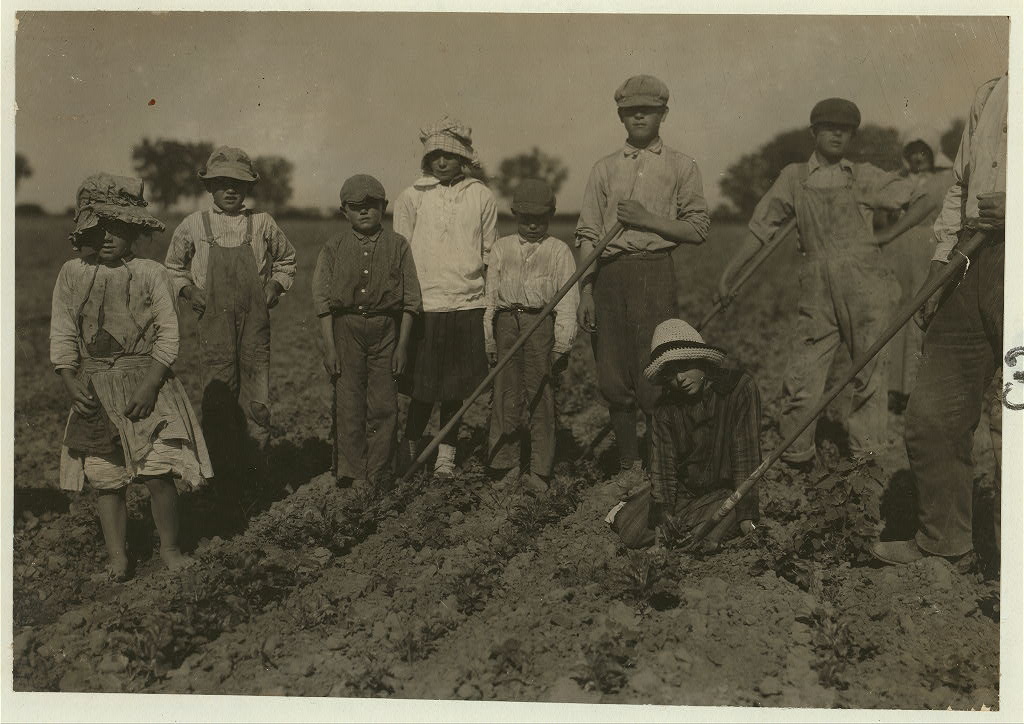
Separated by time, the story of these children is a story of a vastly different childhood on the banks of the same river. Before popsicles. Before child labor laws.

Separated by time, the story of these children is a story of a vastly different childhood on the banks of the same river. Before popsicles. Before child labor laws.
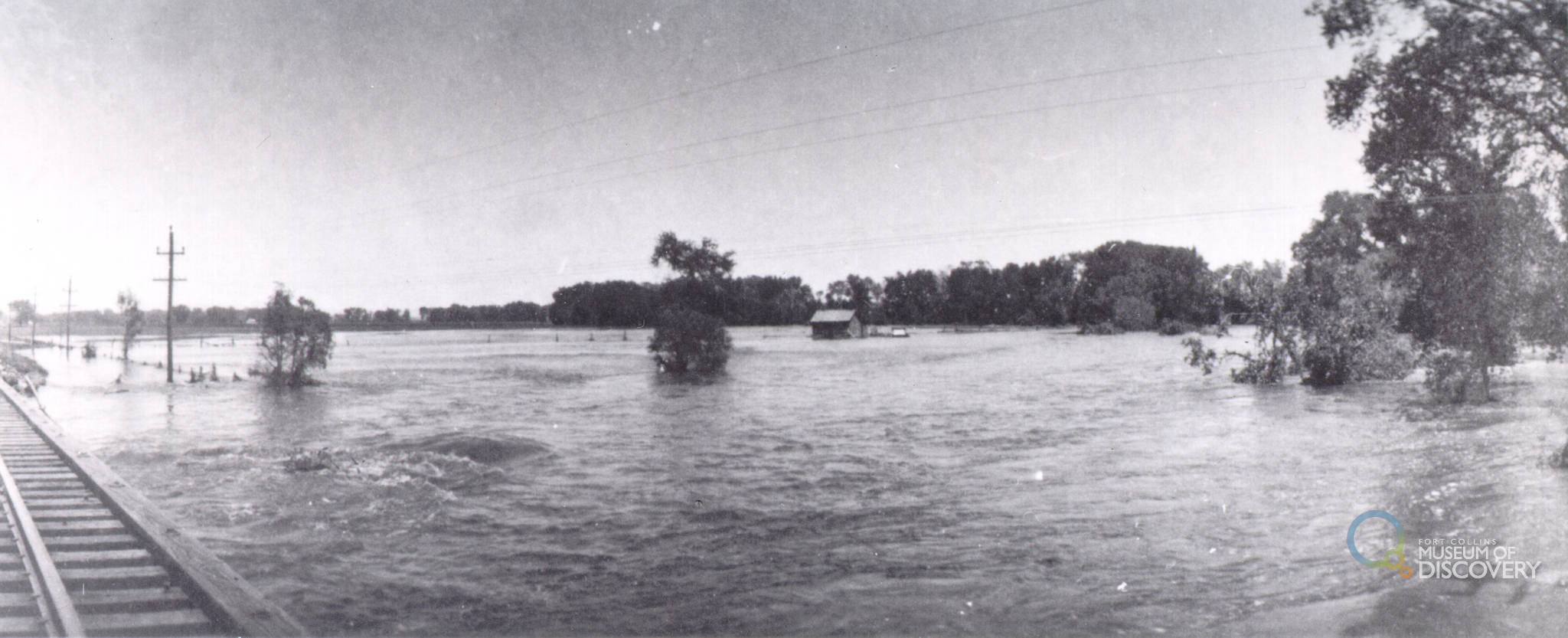
By Heidi Fuhrman, Heritage Interpreter
If you missed part one of our 1904 flood series be sure to give it a read for the full story!
May 20th, 1904. 7pm—The force of the water had rushed through Laporte, Bellvue, and Fort Collins, sweeping homes from their foundations, knocking all but one bridge, and leaving the communities feet deep in water. For the people downstream, however, the flood was just sweeping into their homes.
Near the bend in the Poudre, Robert Strauss’ tenants were trying to convince him to leave, but he refused, saying he had lived by the river for forty years and knew how to survive a flood. He would attempt to leave later as the waters rose, spending the night knee deep in water and dying from exposure the next morning after being rescued. (Robert was one of only two casualties.) His neighbor, Will Lamb, also dismissed the warnings, but retreated with his wife and son to their hayloft for the night as the waters rose, now including the force of the Box Elder Creek.
In Windsor, “…the flood made a general interchange of property, real and personal, that was not destroyed.” For example, “Melvin Kyger, eight miles from Greeley counted elven houses that floated past his house within an hour and twenty minutes.” William Jones lost 60 of his chickens and all 100 of his turkey eggs but did manage to save his carpets (whew).
Because the landscape levels out, the flood traveled slower through the Timnath and Windsor areas, giving the people downriver more time to prepare and move to higher ground. In fact, the flood didn’t even reach Greeley until the wee hours of the next morning (May 21st) but rose from four to fifteen feet. Like their neighbors in Fort Collins and Windsor, the people of Greeley watched from the edges of the much wider Poudre, as the forceful water swept away bridges, houses, chickens on haystacks, and destroyed the cabbage and onion crops. As the Greeley Tribune later observed, “Thousands of people watched the water from every vantage point, and it really looked more like a holiday for the town than a calamity that was destroying thousands of dollars worth of crops.” (May 26, 1904)
By May 22nd, the flood had moved on, leaving feet of mud and destruction in its path. As the Larimer County Independent Reported:
”A wild, roaring, surging flood swept down through the Cache la Poudre valley Friday afternoon and evening doing incalculable damage to property. Houses, tents, barns, sheds, fences, and bridges were swept from their moorings and dashed to pieces by the angry waters. Thousands of acres of the choicest garden and farm lands in the valley covered with luxuriant crops, were laid waste leaving wreck and desolation triumphant.
Larimer County Independent, May 25, 1904
One of the biggest concerns as the communities looked towards the future was the repairs needed to the irrigation ditches. Ironic that water in abundance destroyed the very systems the agriculture communities relied on for water in scarcity, but the reality that few headgates remained, and ditches were filled with mud cast a very real reality that irrigation, and therefore a harvest, would be impossible. Though the system did need thousands of dollars of repairs it was not as bad as first anticipated and there was a harvest in 1904.
Apart from the irrigation damage, there was only one standing (or safe) bridge between Greeley and Bellvue and hundreds of families had lost their homes (including 150 of the German from Russian immigrant families in Fort Collins). In the wake of devastation, Will Lamb, the farmer from Timnath who had spent the night in a hayloft, reminded the communities that sometimes humor and gratitude are the most needed in times of crisis:
”May 22—Fort Collins people may blow about their fine waterworks and filters all they please, but I do not believe they amount to a whoop, because there were great quantities of water that went by here last Friday night that never had been filtered, judging from the sediment it left in my barn. Judging from the smell I couldn’t help from wondering if Lon James and family hadn’t been washing their feet in it… I found my hayrake over in Nelson’s field. He swears he did not put it there so I will let him off this time … I feel sorry now that we fed our chickens at all last Friday, as a good portion of them were drowned that night … It took our front gate too, the d---- knows where, I don’t… I was thankful for small things and big ones…this was one of the big ones and I fill truly thankful we are still here.
Larimer County Independent, May 25, 1904, page 8
Floods are not uncommon on the Poudre. The City of Fort Collins is located where it is today due to a flood on the Poudre in 1864 that destroyed the first Camp Collins, originally located closer to Laporte. Residents of the area might remember when the Poudre and Big Thompson flooded in 2013 or when the Spring Creek flooded in 1997 after torrential rains. But the 1904 storm remains the peak discharge in cfs for the Poudre River. For the people along the Cache la Poudre River, both past and present, water—in abundance and scarcity—continues to be one of our greatest adversities.
“Destructive Floods in the United States in 1904”, United States Geological Survey, 1905. p154-156.
“Floods in Colorado,” United States Department of the Interior, 1948. p51-59.
Fort Collins Express, May 25, 1904. (Access on Newspapers.com)
Fort Collins Weekly Courier, May 25, 1904. [Read the full newspaper on the Colorado Historic Newspaper Collection].
Greeley Tribune, May 26, 1904. [Read the full newspaper on the Colorado Historic Newspaper Collection].
Larimer County Independent, May 25, 1904. (Accessed on Newspapers.com)
Windsor Beacon, May 28, 1904. (Accessed on Newspapers.com
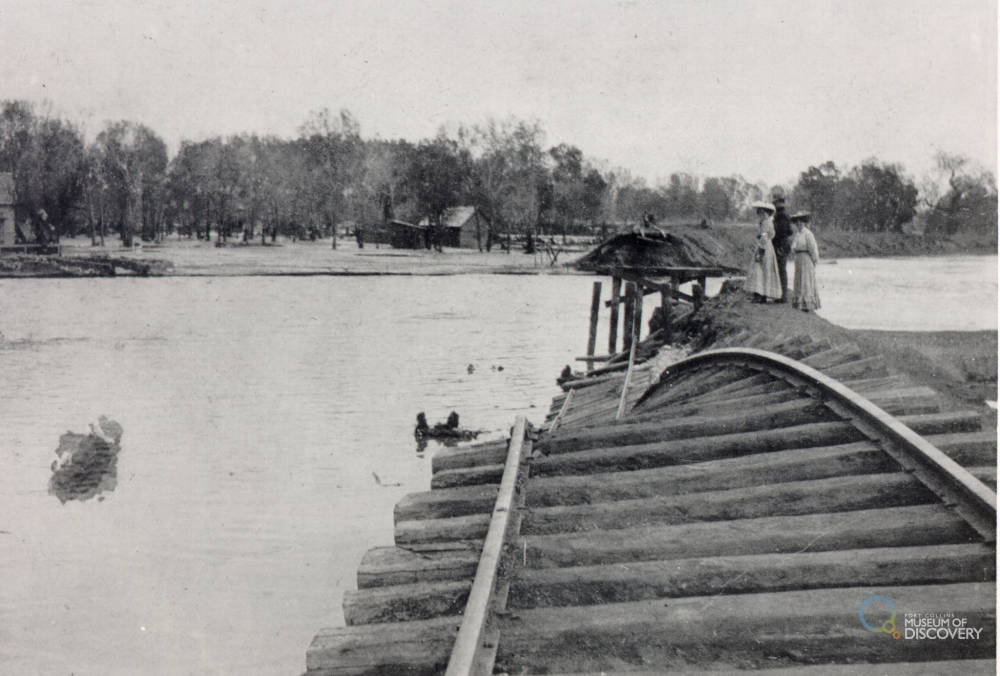
By Heidi Fuhrman, Heritage Interpreter
This year we mark the 120th anniversary of the 1904 flood on the Cache la Poudre River, or, as the papers called it, “A Great Calamity.” Read on to discover the story of one river, two days, and thousands of “unfortunate victims of cruel circumstances.”
Newspaper clipping from the days following the flood. “A Great Calamity Visits Cache la Poudre Valley. (1904, May 25). The Larimer County Independent, 1.”
May 20th, 1904 began like any other morning along the Cache la Poudre River. Well, perhaps not like any morning—dark storm clouds lay low over the foothills and there were reports that it was raining up-river, and rain in Colorado is unusual—but for the residents of the lower Poudre’s communities the day began like any other.
Down near Laporte Mrs. J.L. Armstrong fed her children breakfast before shooing them out of the house. In Fort Collins, Chris Mason kissed his wife goodbye before strolling over the Poudre to the new dance pavilion he owned on the north bank, pausing to admire the new piano he’d just installed. Down the road, a group of Germans from Russia walked from the immigrant neighborhood to the new Fort Collins Great Western Sugar factory to put in a day’s labor turning beets to sugar.
Further down, at the bend of the Poudre before it wound down through Timnath, Robert Strauss looked out from the cabin he’d built in 1860 on morning light hitting the river. A few miles downriver his neighbor, Will Lamb, told their other neighbor yet again that he couldn’t borrow the hay rake.
In Windsor, William Jones let his flock of chickens and turkeys out before collecting a hundred eggs. And down in Greeley, the farmers near the river bottoms surveyed their fields and were grateful the early onion and cabbage crops were growing well, stretching before turning to finish putting in the last of the beets.
Further up-river, however, all was not normal. High in the Poudre Canyon, and in the tributary streams and canyons that feed the Poudre River, rain was falling. Not just a gentle sprinkle, a deluge. On a landscape that sees an average of fourteen inches of annual precipitation, three to eight inches of rain fell within 24 hours (that’s 20-57% of the annual). The mountain streams and Poudre, already swollen from spring snowmelt, couldn’t contain the water. Unbeknownst to the communities below, Boxelder Creek, a tributary of the Poudre, ordinarily a few feet wide was swiftly growing to a raging river from bluff to bluff, while the Poudre itself was deepening and widening as the North Fork, up in the canyon, dumped its gallons into the already overwhelming torrent.
At about 4 o’clock in the afternoon on May 20, 1904, a wall of water ten to twelve feet high burst through the bottom of the Poudre Canyon a few miles above Laporte, quickly spreading out to more than a mile wide. The Armstrong family, found themselves in the midst of the river, cut off from help by walls of water, scrambling to the top of their home for shelter like the rest of their neighbors in Bellvue and Laporte as the river swept away their buildings, gardens, and bridges. Someone managed to phone Fort Collins before the lines were swept aside, alerting the community that a flood was quickly heading their way.
An hour later, at five o’clock, the flood hit Fort Collins. At four o’clock the river was flowing about 900 cubic feet per second, by six o’clock it was flowing at least 30,000 cubic feet per second (afterwards the USGS commissioner estimated it was closer to 40,000cfs, the yearly average today is around 300cfs). As the water commissioner later wrote in the USGS report, “The flood was down …almost before anyone could remove anything out of the way, and had it been in the night there would probably have been a great loss of life as well as property.”
Luckily for the residents of Fort Collins it wasn’t night, but as the newspaper reported, “…scores of families were driven from their homes in great haste, often compelled to wade through muddy water waist deep to places of safety. Nearly all their belongings, except what they had on their backs at the moment, were left to become the playthings of the rolling, surging flood.” (Larimer County Independent May 25, 1904.)
Rolling and surging it was. Moving houses from their foundations or sweeping away the lighter ones, wiping out gardens and fields, and destroying all but two bridges between the canyon and Greeley. Steel or wood, nothing could stand against the flood water. Chris Mason stood on the north bank near the river—now over a mile wide and running down College Ave five feet deep—with thousands of other residents, watching the “work of destruction” and the dance pavilion, piano and all, collapse and be swept away, taking out the railroad bridge. Across the river his wife, with their children, sought refuge on the second floor of their home, “with fear and trembling,” while through the night a river up to the windowsills swept through the lower level. The next morning their neighbor, Jim Clayton, swam out and rescued them one by one although he refused a final trip to rescue the family chicken.
The sugar factory was surrounded by feet of water and the workers found themselves trapped for the night. Thousands of pounds of sugar escaped being ruined by only six inches. Meanwhile, their families, watched as the entire immigrant neighborhood (now the neighborhoods of Buckingham & Andersonville) was swept away.
Flood damage at Buckingham Place which was the Great Western Sugar Factory housing for the German-Russian beet workers located in Lincoln St. between Willow and Lemay. Image Credit: Archive at Fort Collins Museum of Discovery. [H02438]
By seven o’clock the height of the flood swept through Fort Collins (although it would take hours to recede) but was only just reaching the communities downstream …
Read Part 2 for the rest of the stories of Robert Strauss, Will Lamb, William Jones, and the other residents downriver.
“Destructive Floods in the United States in 1904”, United States Geological Survey, 1905. p154-156.
“Floods in Colorado,” United States Department of the Interior, 1948. p51-59.
Fort Collins Express, May 25, 1904. (Access on Newspapers.com)
Fort Collins Weekly Courier, May 25, 1904. [Read the full newspaper on the Colorado Historic Newspaper Collection].
Greeley Tribune, May 26, 1904. [Read the full newspaper on the Colorado Historic Newspaper Collection].
Larimer County Independent, May 25, 1904. (Accessed on Newspapers.com)
Windsor Beacon, May 28, 1904. (Accessed on Newspapers.com
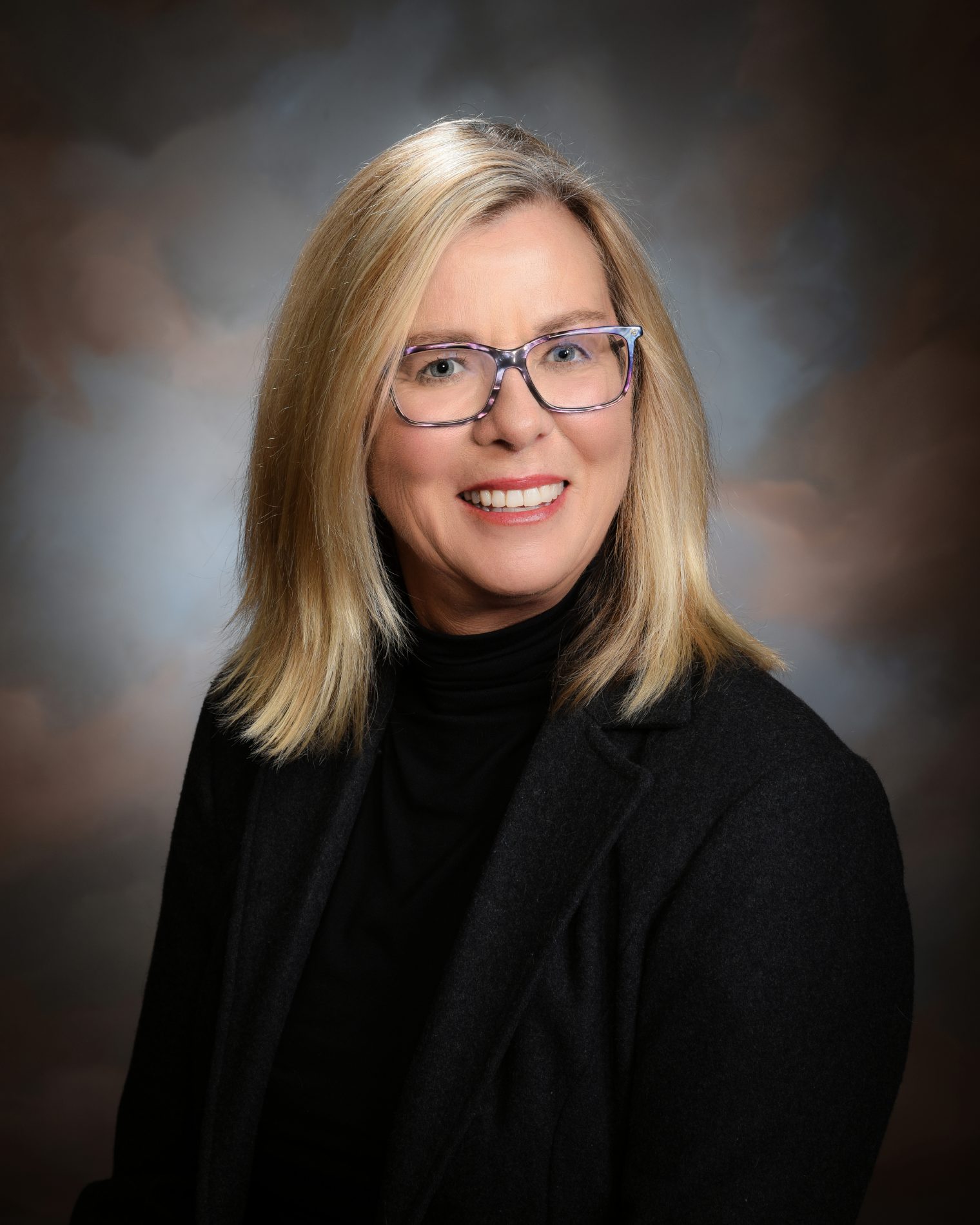
Q: Tell us about your path to water activism
A: I began participating in water activism in 2015 by joining the League of Women Voters water and environmental group and the Larimer County Parks Advisory Board where I still serve, but my journey started with the High Park Fire.
I watched on national media outlets as the fire fighters battled the fire and the helicopter made a wall of water between my house and the fire.
Our house and property are located on a steep hillside and we have a limited water supply from our well. We have run out. I have learned to manage water, how to conserve and be efficient and even grow vegetables and fruit.
Water is a precious limited resource that we all need and have to negotiate. I have participated in deliberation and water facilitation workshops and learned how to have conversation surrounding tough water issues toward resolution.
It was at the Poudre River Forum where the Poudre Heritage Alliance is a sponsor that I first heard how the Cache la Poudre River National Heritage Area recognizes water and beneficial use from different vantage points – agricultural, industrial, municipal, environmental and recreation.
There is conversation. There is collaboration. That is what motivated me to become a Poudre Heritage Culturalist and to teach others about water and history.
Q: Why did you become a volunteer with the Poudre Heritage Alliance?
A: I believe in the power of stories and history to teach fundamental lessons and guide us going forward. The events that led to Prior Appropriation and its subsequent adoption into Colorado water law along with national and global impacts, resonate in this day of polarized politics, gridlock and inability to work together for the common good.
The men from the Union Colony and Fort Collins that arrived at the Eaton School House on their horses, with their tents and guns were angry. Union Colony had built ditches, it’s community and economy around the Poudre River. Fort Collins had grown and also needed the water. Then the water dried up.
What happened in that school house is nothing short of remarkable. It taught me the power of conversation and collaboration to solve our issues for the common good. We have to know what we want and what we are willing to give up to get to a point of resolution.
Conversation and collaboration are not easy and we have to keep coming back to the table even when the going gets hard and tempers flare.
This is what I bring to my participation the Poudre River Forum committee and our approach to water education. Everyone loves the Poudre River. We all need and want water. Now let’s talk.
The Poudre River Forum is on February 28 and the topic is Quality Collaborations (water quality). Please join us.
Q: When you aren’t supporting PHA as a volunteer, what do you like to do for “fun”?
A: It’s all about water. I spend winters cross country skiing – classic, skate, trail, backcountry, and telemark.
In the warmer months, I swim, bike, run, hike and grow food. I also have a touring kayak and enjoy paddling on Horsetooth Reservoir near my home.
I am on the committee for the Horsetooth Swim races.
Q: When did you decide to run for Larimer County Commissioner?
A: It was a direct result of my participation in water issues and the Poudre Heritage Alliance. I was in a small group deliberation workshop surrounding NISP and how to have constructive dialogue around contentious issues. I wanted to know about how these cities were managing water and if there was a focus on conservation and efficiency.
I asked, “How can I influence water and land use policy?” or “How do we get a regional water treatment plant?”. The answer was to become county commissioner.
To learn more about the 2020 Candidates for Larimer County Commissioner, check out this article from the Coloradoan.
To learn how you can volunteer with the Poudre Heritage Alliance, please contact Jordan Williams at admin@poudreheritage.org or visit our website: https://poudreheritage.org/heritage-culturalist-volunteers/
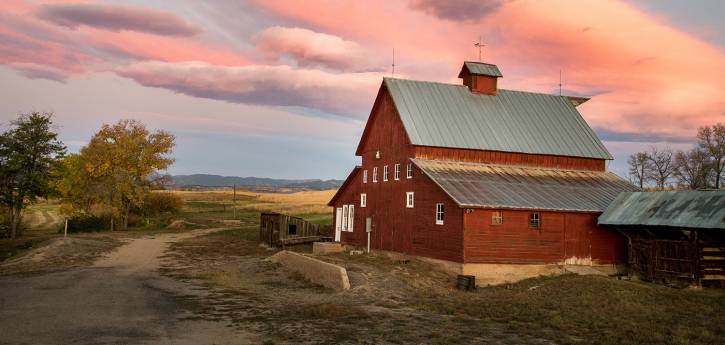
LOVELAND, Colo. – Larimer County Department of Natural Resources and the City and County of Broomfield have finalized an innovative water-sharing agreement that keeps a working farm in production while helping fill municipal water needs. The deal closed Tuesday, August 22.
In 2016, Larimer County purchased a farm and its associated water rights southwest of Berthoud with the goal of keeping the farm in active production while offsetting the cost through a water-sharing agreement. After studies by experts in the fields of water, engineering, economics and agriculture, Larimer County determined the amount of water the farm would need to remain viable in perpetuity. Larimer County and Broomfield then entered into an agreement where some of the unneeded water would be purchased by Broomfield outright and a portion of the water would be shared by the two counties in drought years.
This agreement, known as an Alternative Transfer Method (ATM), is the first of its kind in Colorado where water is shared from agricultural to municipal use in perpetuity. ATMs are promoted in the 2015 Colorado Water Plan as a way to provide drought water to cities without permanently drying up productive farmland.